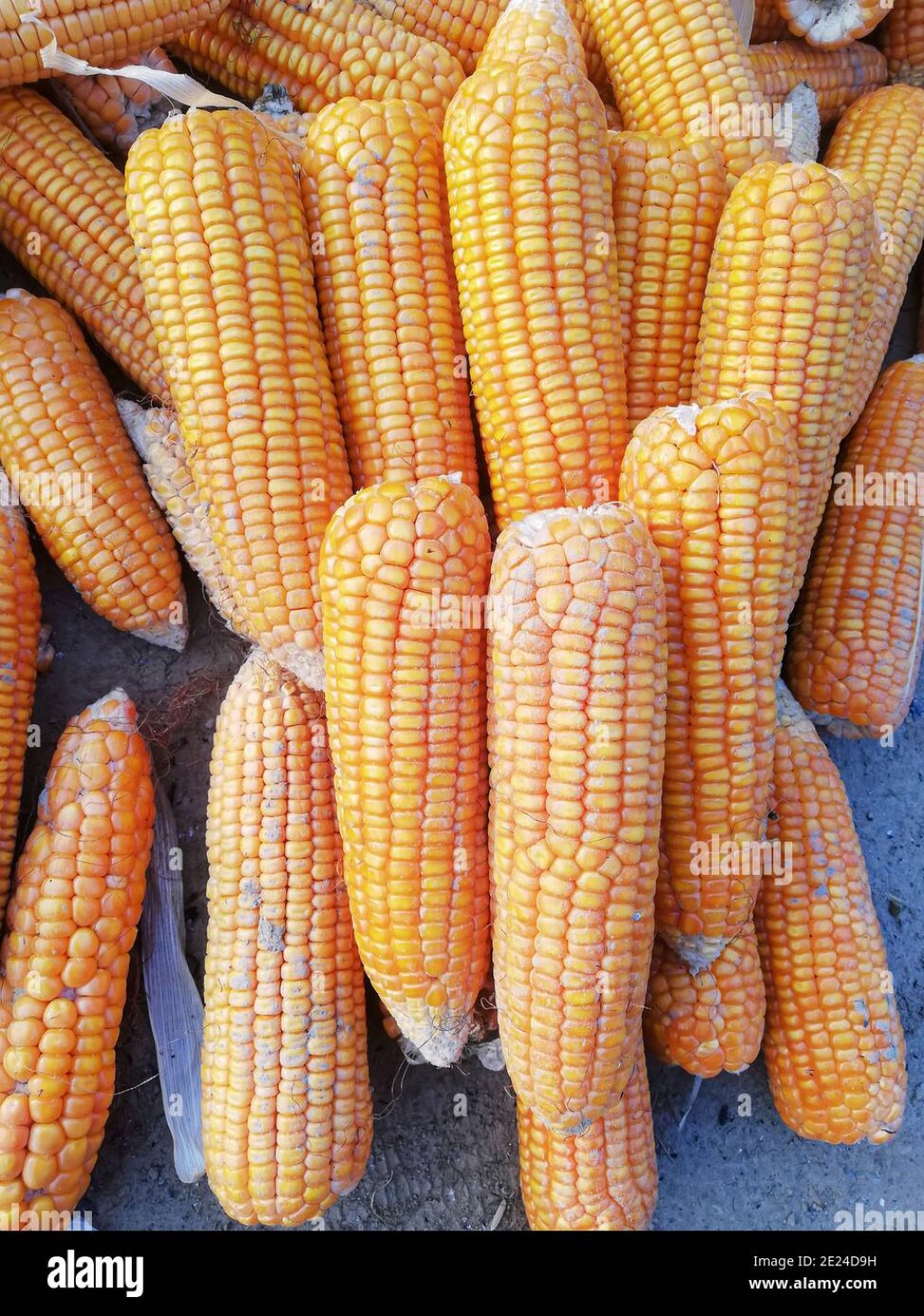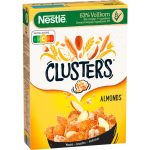Discover The Power Of Mexico’s First Domesticated Cereal Grain – Click To Learn More!
A Cereal Grain First Domesticated in Mexico
Welcome, Cereal Enthusiast! Today, we delve into the fascinating world of cereal grains, specifically one that holds historical significance – a cereal grain first domesticated in Mexico. Join us as we uncover the origins, characteristics, and benefits of this ancient grain.
Introduction
Throughout history, humanity has relied on cereal grains as a staple food source. These grains, with their abundance of nutrients and versatility, have sustained civilizations and shaped cultures. Among these grains is one that stands out – a cereal grain first domesticated in Mexico.
1 Picture Gallery: Discover The Power Of Mexico’s First Domesticated Cereal Grain – Click To Learn More!

In this article, we will explore the origins of this grain, the historical significance it holds, and how it has become a vital part of global cuisine. Join us on this journey as we uncover the secrets behind this fascinating grain.
Here’s what we’ll cover:
1. What is this cereal grain?

Image Source: alamy.com
This cereal grain, known as maize or corn, is one of the most widely consumed grains in the world. With its vibrant yellow kernels, maize has become a culinary staple in various cuisines, ranging from traditional Mexican dishes to American favorites like cornbread and popcorn.
2. Who domesticated this cereal grain?
The domestication of maize can be attributed to the indigenous peoples of Mesoamerica. They were the first to cultivate and transform the wild teosinte plant into the maize we know today. Their ingenuity and agricultural practices played a pivotal role in the development and spread of this cereal grain.
3. When was this cereal grain domesticated?
The domestication of maize is believed to have occurred around 9,000 years ago, in what is now southern Mexico. Over time, maize cultivation spread throughout the Americas, becoming a fundamental part of various civilizations, including the Maya and Aztec empires.
4. Where is this cereal grain commonly grown?
Today, maize is grown in various regions across the globe. However, Mexico remains one of the primary producers of this cereal grain. Other significant maize-producing countries include the United States, China, Brazil, and India.
5. Why is this cereal grain important?
The significance of maize extends beyond its role as a food source. It holds cultural, economic, and agricultural importance for many communities around the world. Maize has shaped traditions, provided livelihoods, and contributed to global food security.
6. How is this cereal grain used?
Maize is incredibly versatile, offering a range of culinary possibilities. It can be ground into flour for baking, processed into cornmeal, or popped for snacking. Additionally, maize is a key ingredient in livestock feed, biofuel production, and various industrial applications.
Advantages and Disadvantages of Maize
While maize has numerous benefits, it is essential to consider both its advantages and disadvantages:
Advantages:
1. Nutritional Value: Maize is rich in carbohydrates, fiber, and essential minerals, providing a sustainable source of energy.
2. Versatility: Its versatility allows for a wide range of culinary uses, making it a valuable ingredient in countless recipes.
3. Agricultural Benefits: Maize is a robust and adaptable crop, capable of thriving in diverse climates and contributing to crop rotation practices.
Disadvantages:
1. Potential Allergen: Some individuals may have allergies or intolerances to maize, requiring careful consideration in food preparation.
2. Environmental Impact: Large-scale maize production can lead to deforestation, soil erosion, and water pollution if not managed sustainably.
3. Genetic Modification: The use of genetically modified maize raises concerns about potential health and environmental impacts.
Frequently Asked Questions (FAQ)
1. Is maize gluten-free?
Yes, maize is naturally gluten-free, making it suitable for individuals with gluten sensitivities or celiac disease.
2. Can maize be consumed raw?
While maize can be eaten in its raw state, most culinary preparations involve cooking or processing the grain to improve digestibility and enhance flavor.
3. Are there different varieties of maize?
Yes, there are various maize varieties, including dent, flint, popcorn, and sweet corn. Each has unique characteristics and culinary uses.
4. Can maize only be yellow?
No, maize comes in various colors, including yellow, white, blue, and even purple. The color variation is due to differences in pigmentation.
5. Can maize be sustainable?
Yes, sustainable maize production practices, such as agroecology and conservation agriculture, can minimize environmental impact and promote long-term sustainability.
Conclusion
As we conclude our exploration of the cereal grain first domesticated in Mexico, we gain a deeper appreciation for maize’s historical and cultural significance. From its ancient origins to its versatile culinary applications, maize has become an integral part of global cuisine.
Whether enjoyed in traditional Mexican dishes, classic American comfort foods, or innovative international creations, maize continues to captivate our taste buds and nourish our bodies. Embracing the advantages while addressing the challenges, we can ensure a sustainable future for this remarkable cereal grain.
Final Remarks
In this article, we have taken a closer look at a cereal grain first domesticated in Mexico – maize. While we have explored its origins, historical significance, and culinary uses, it is essential to continue researching and promoting sustainable practices to preserve this valuable grain for future generations.
Disclaimer: The information provided in this article is for educational and informational purposes only. Consult with a healthcare professional or nutritionist for personalized advice regarding any dietary concerns or allergies you may have.
This post topic: Cereal



